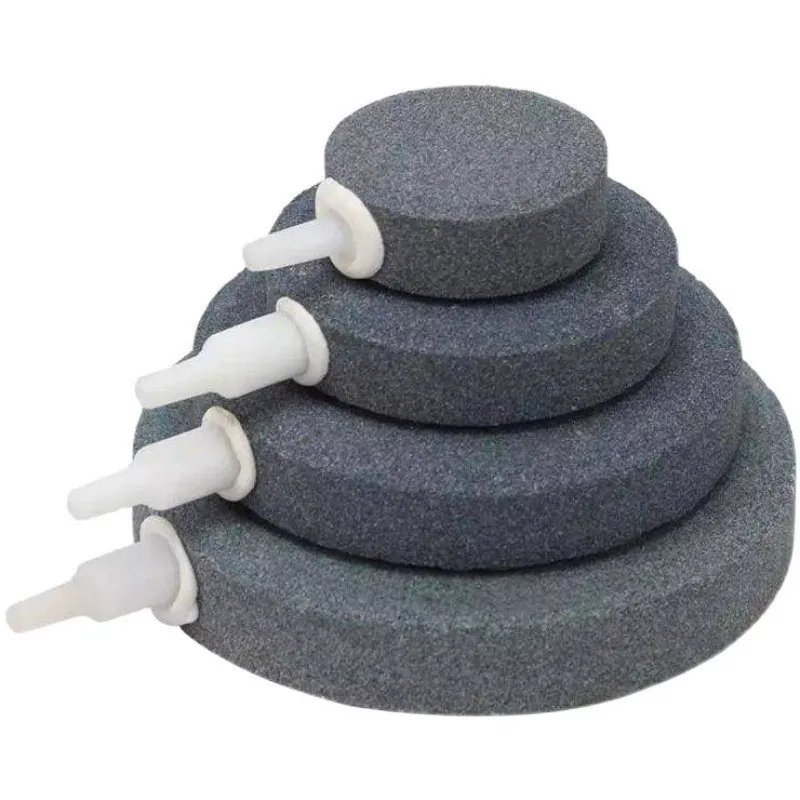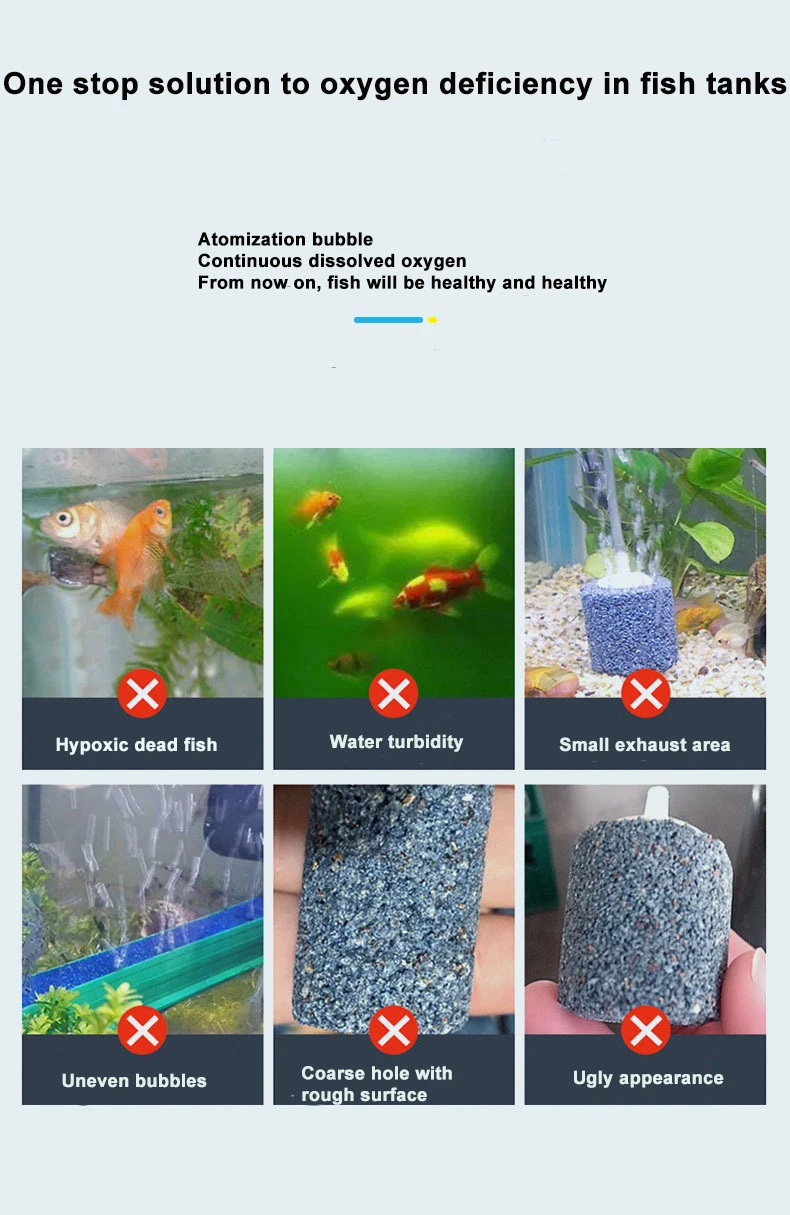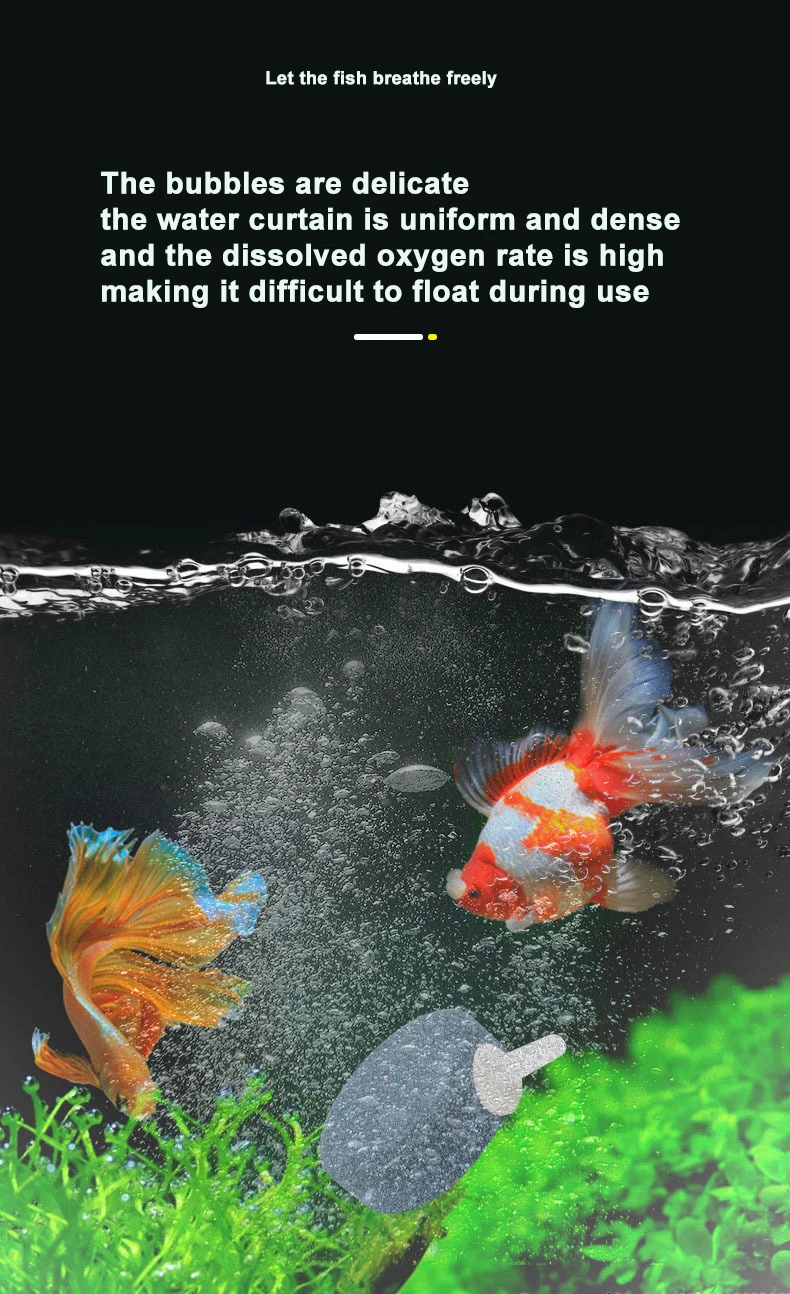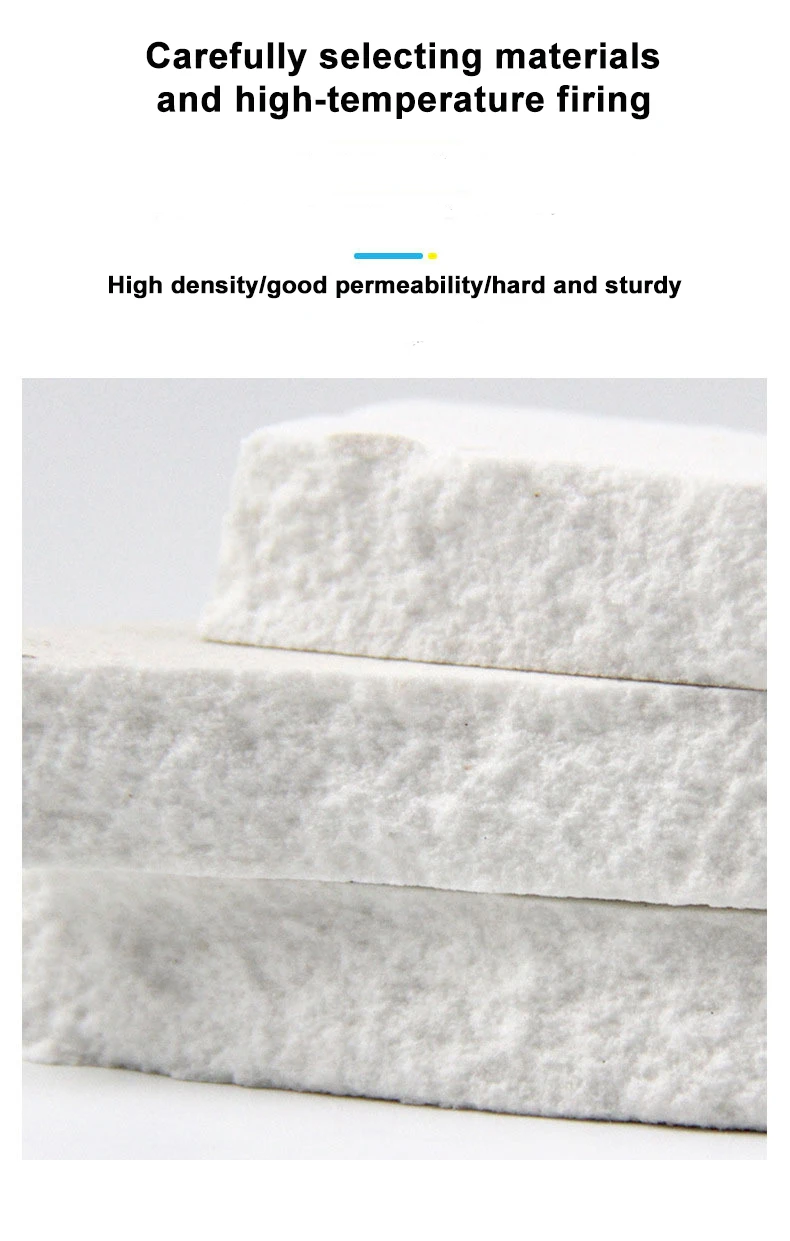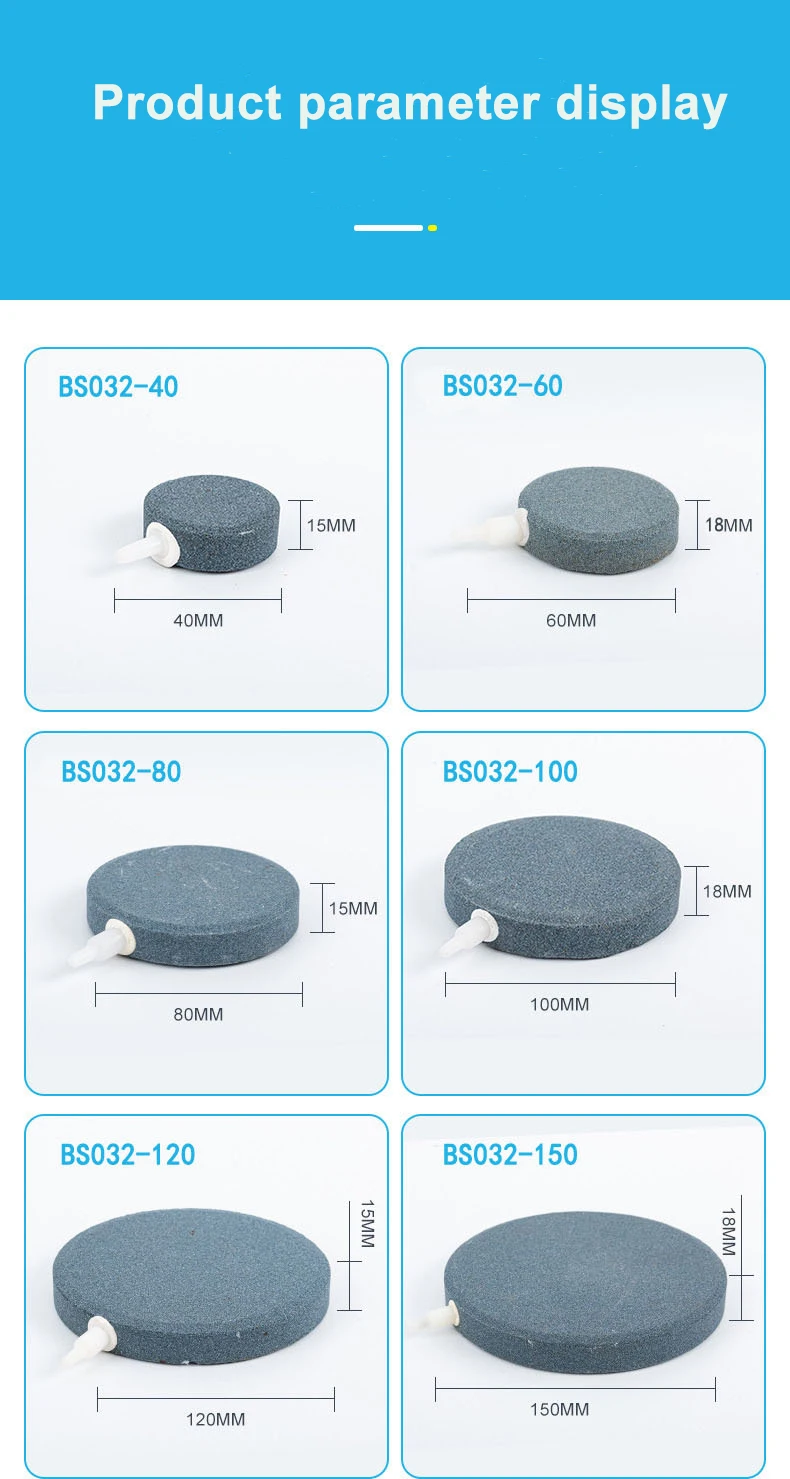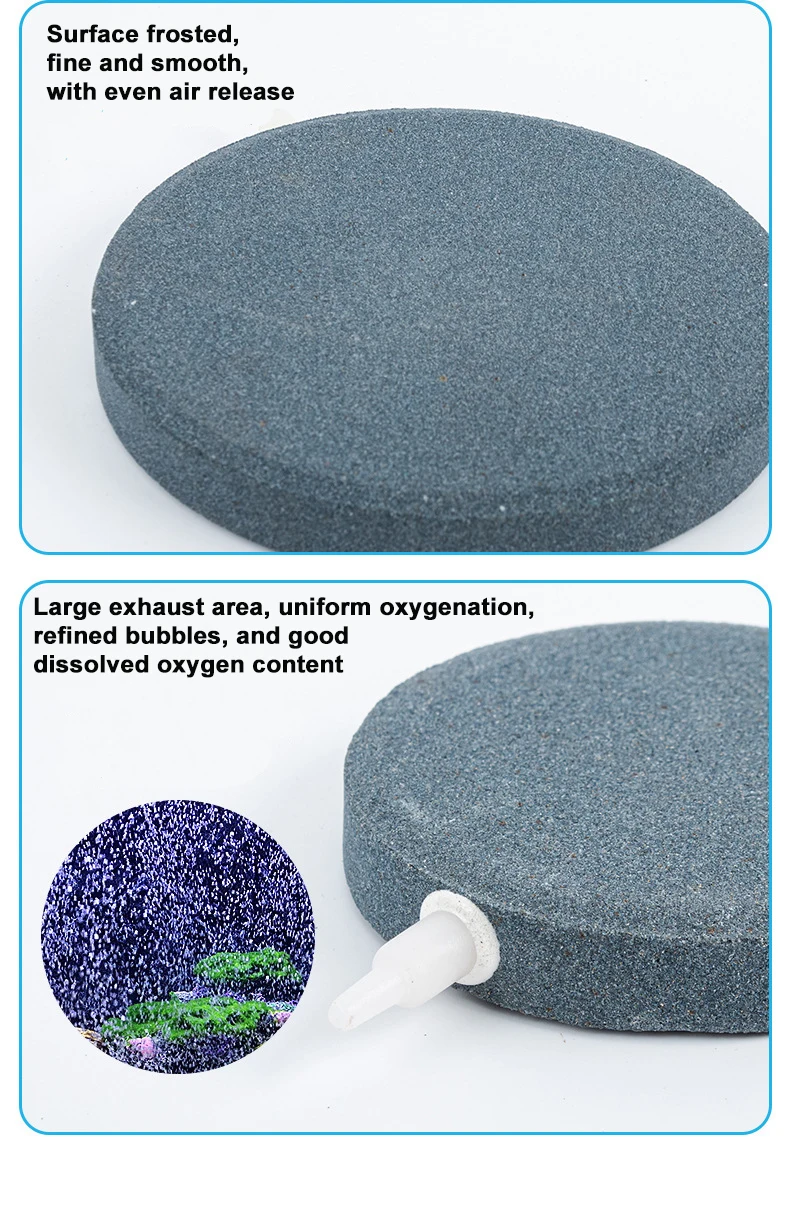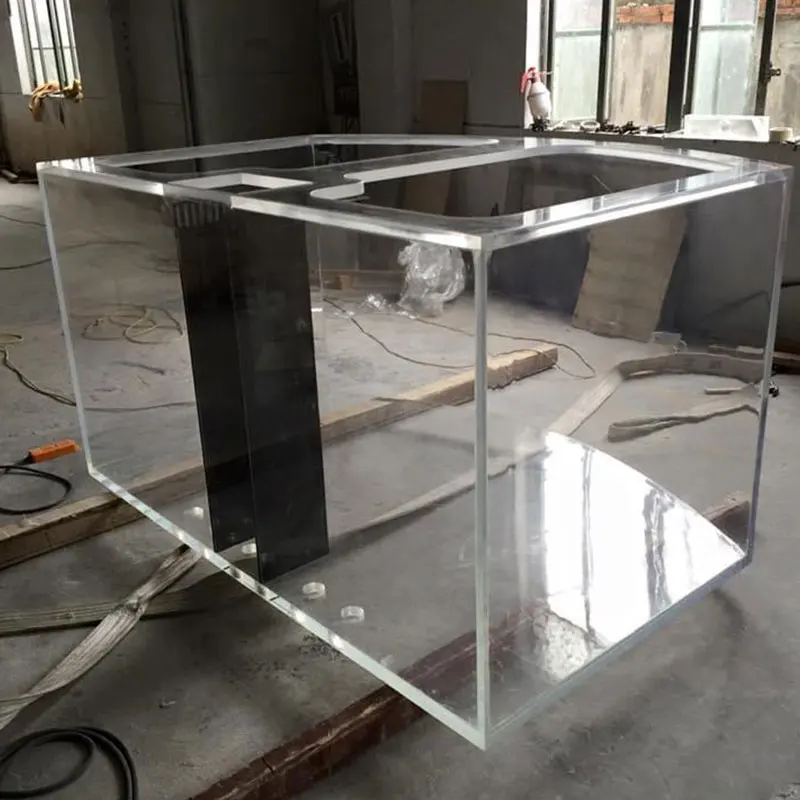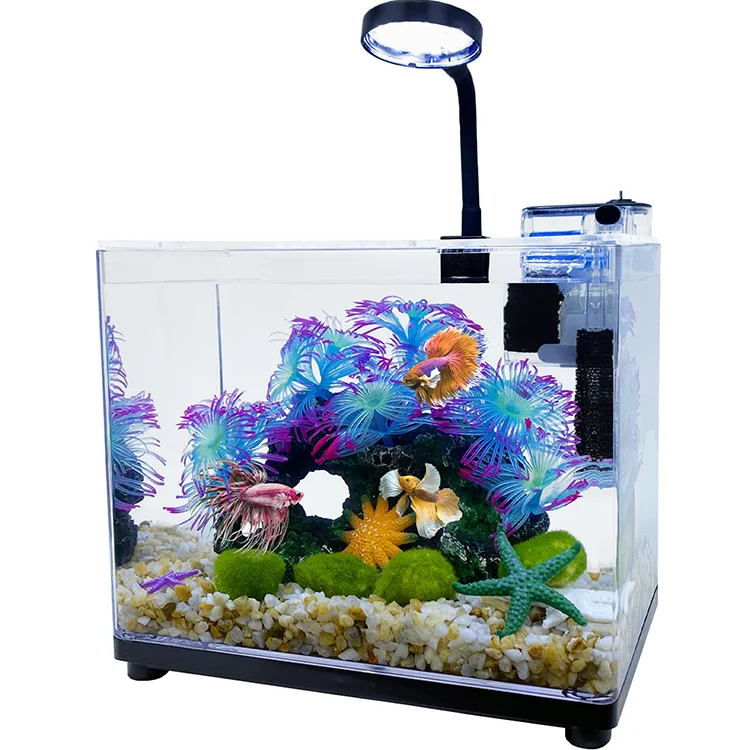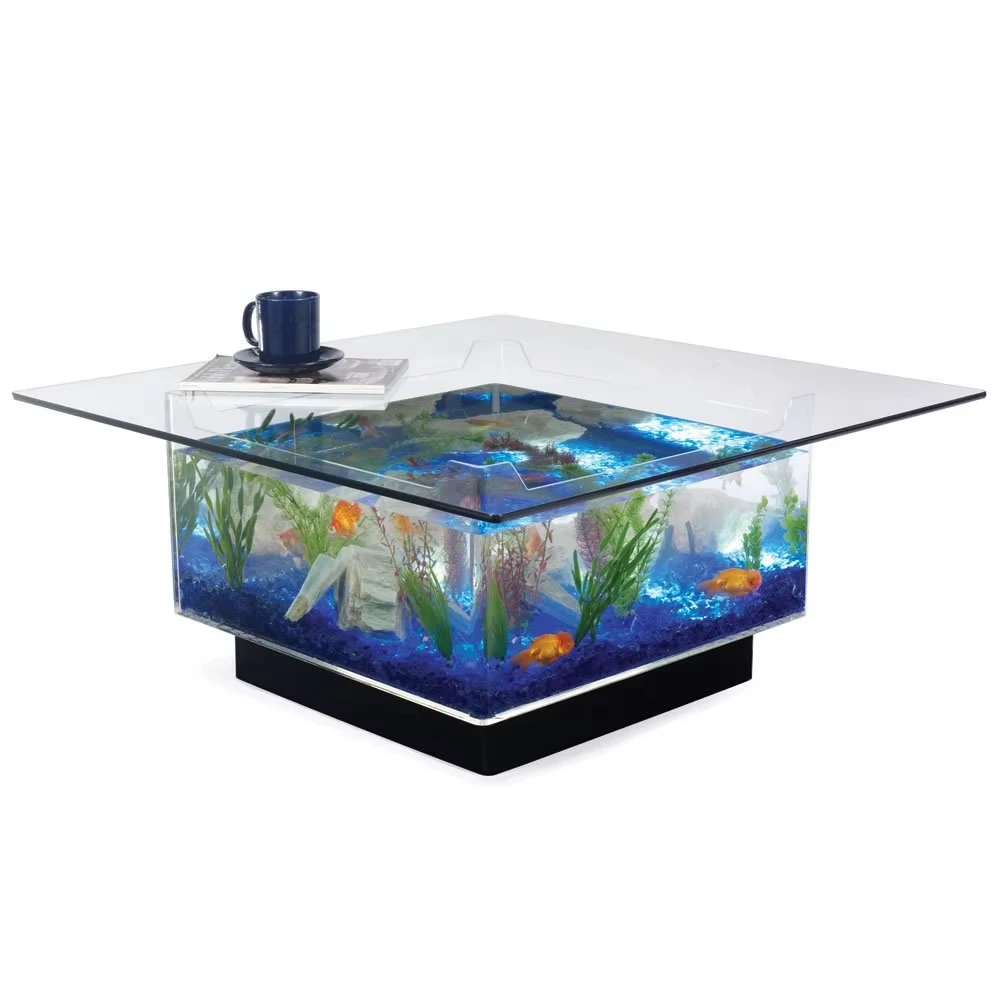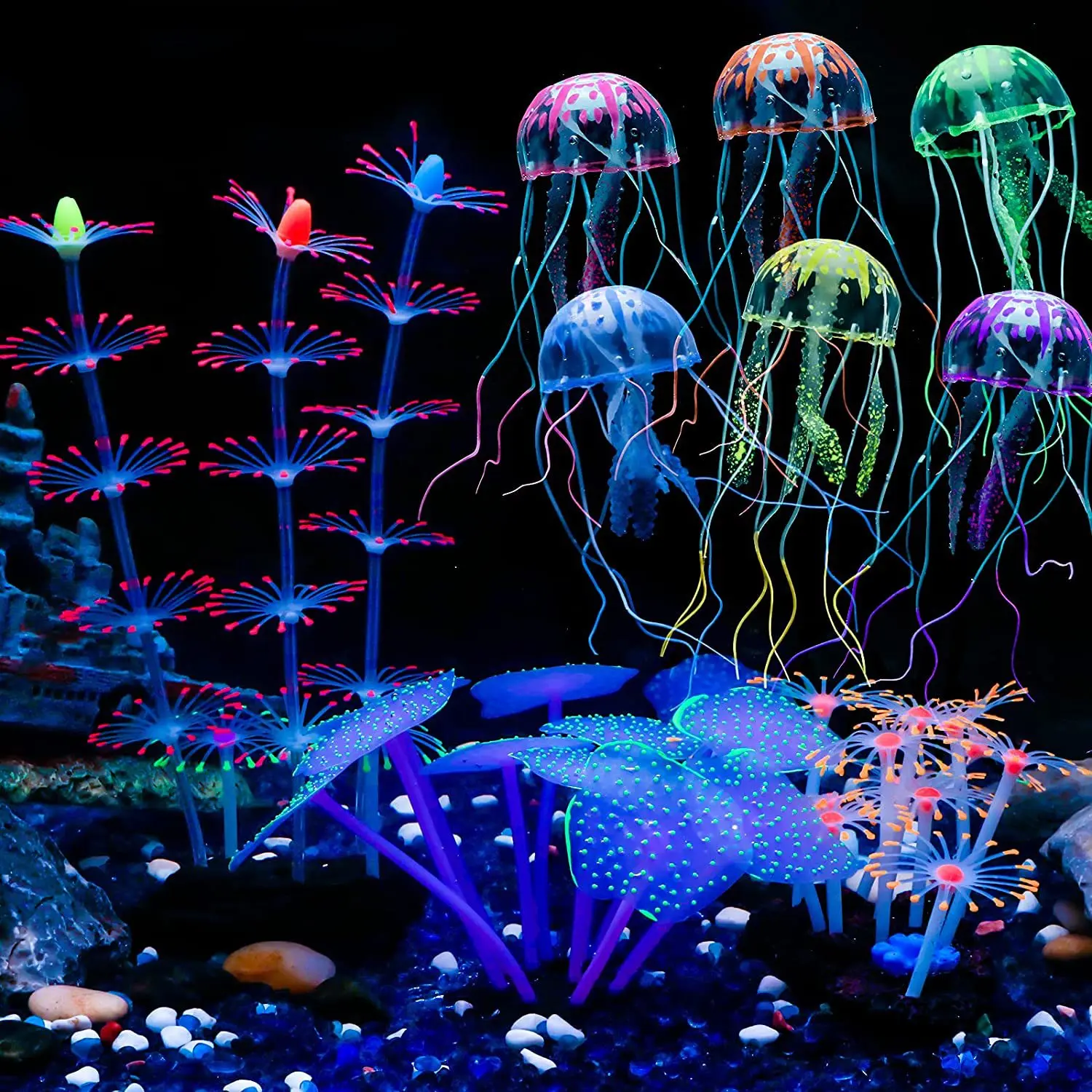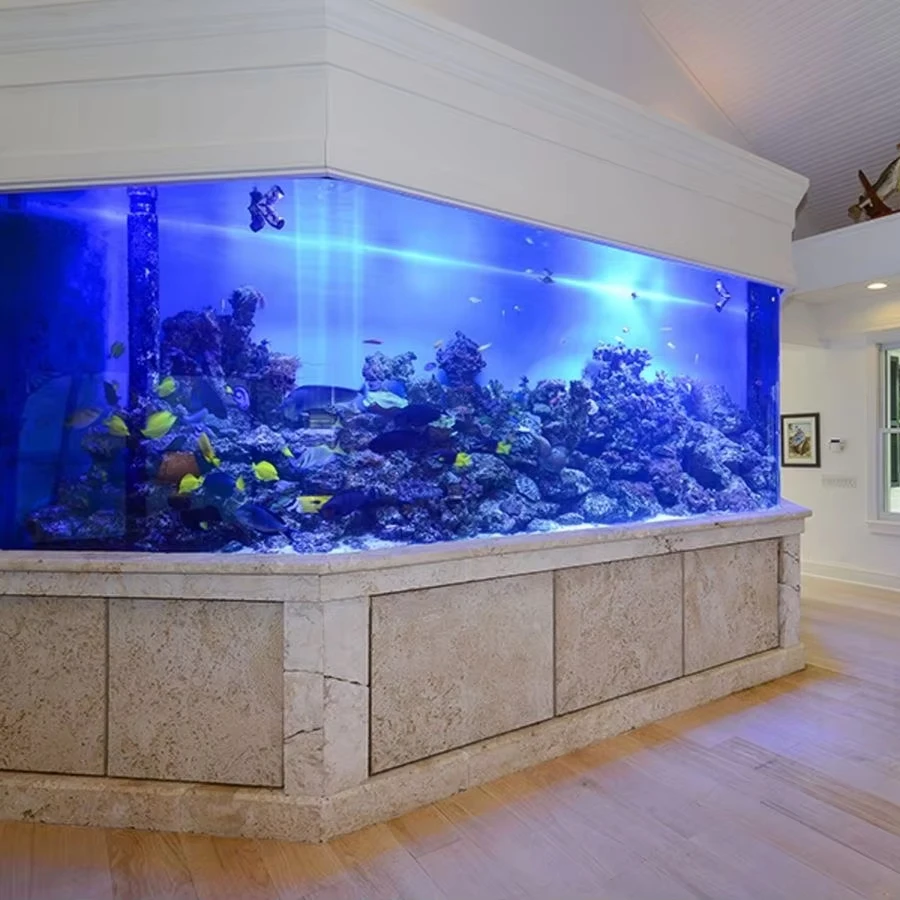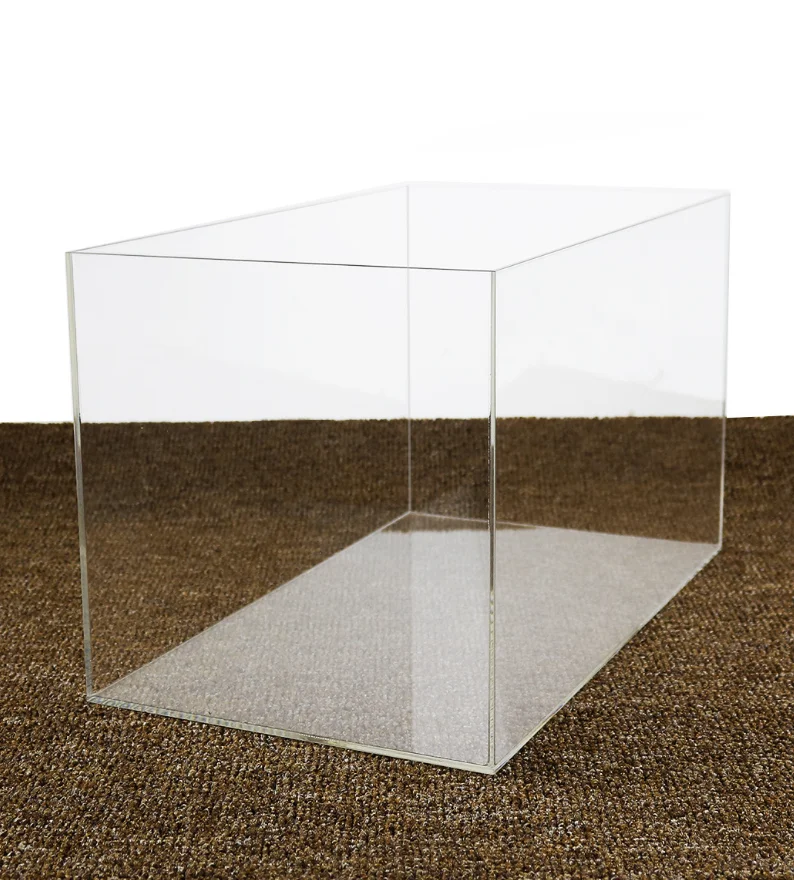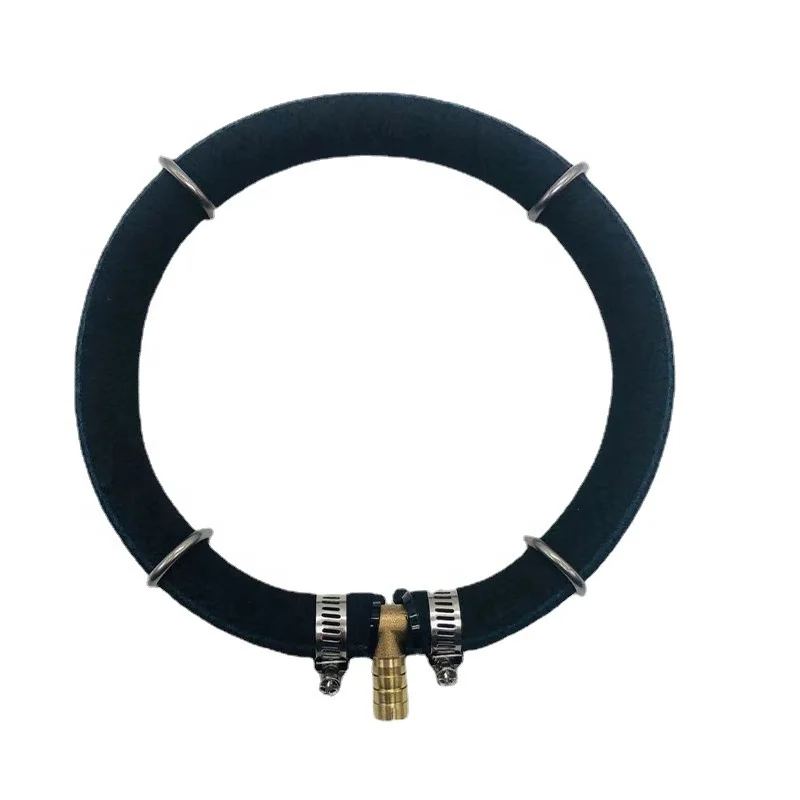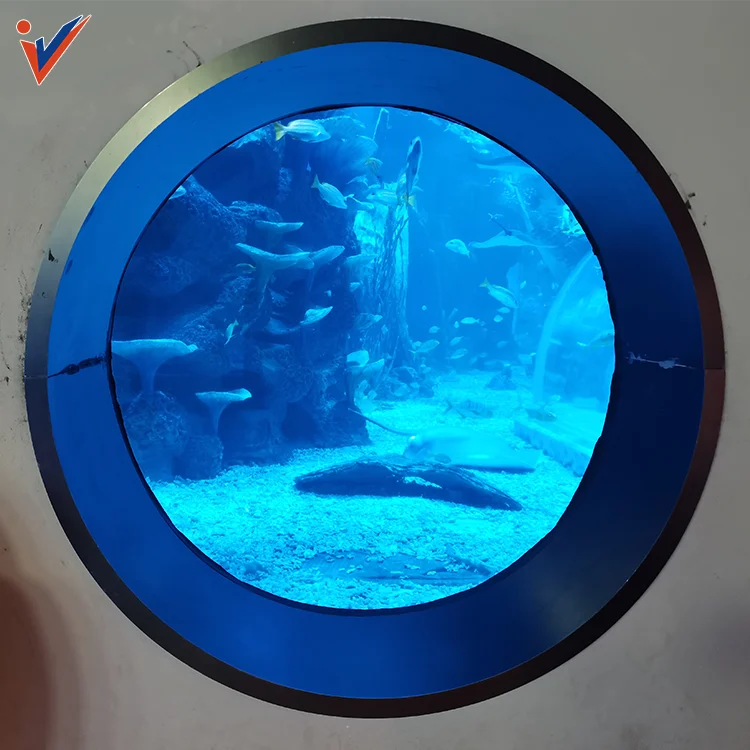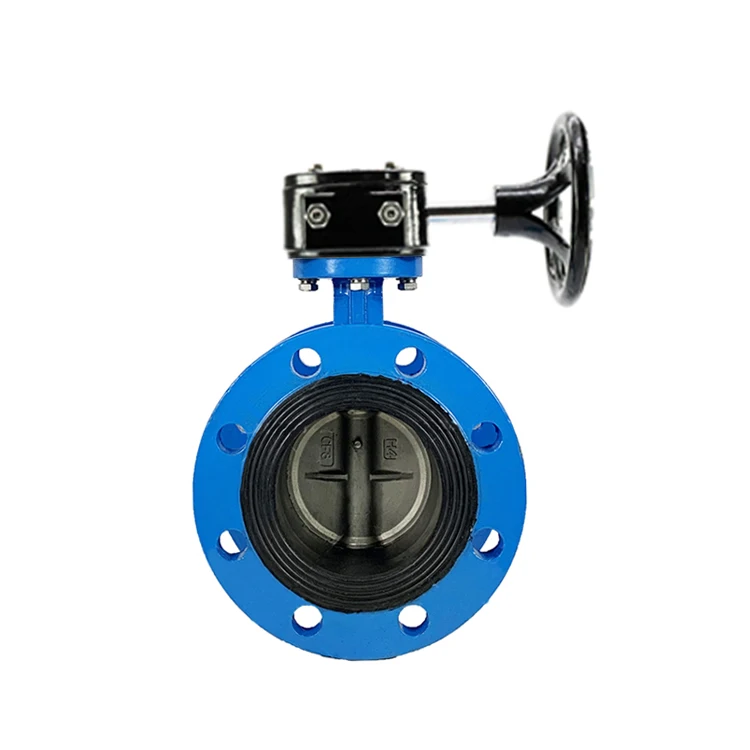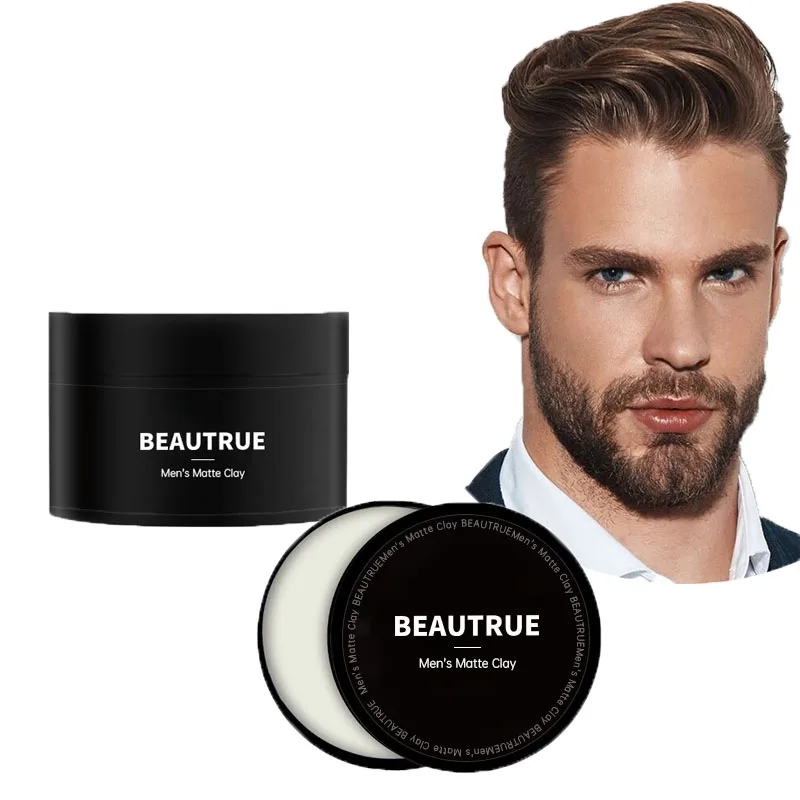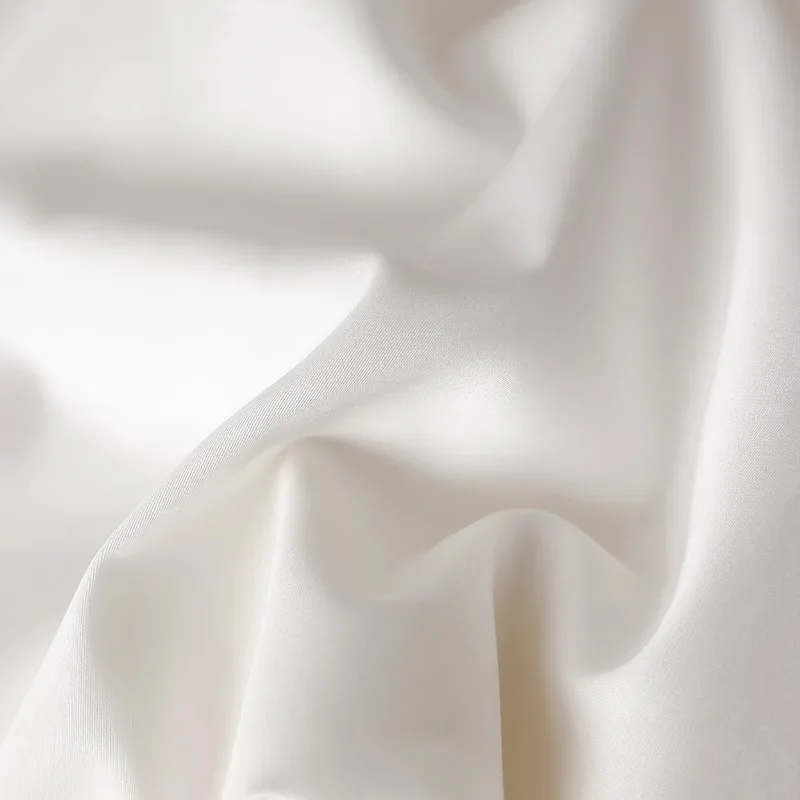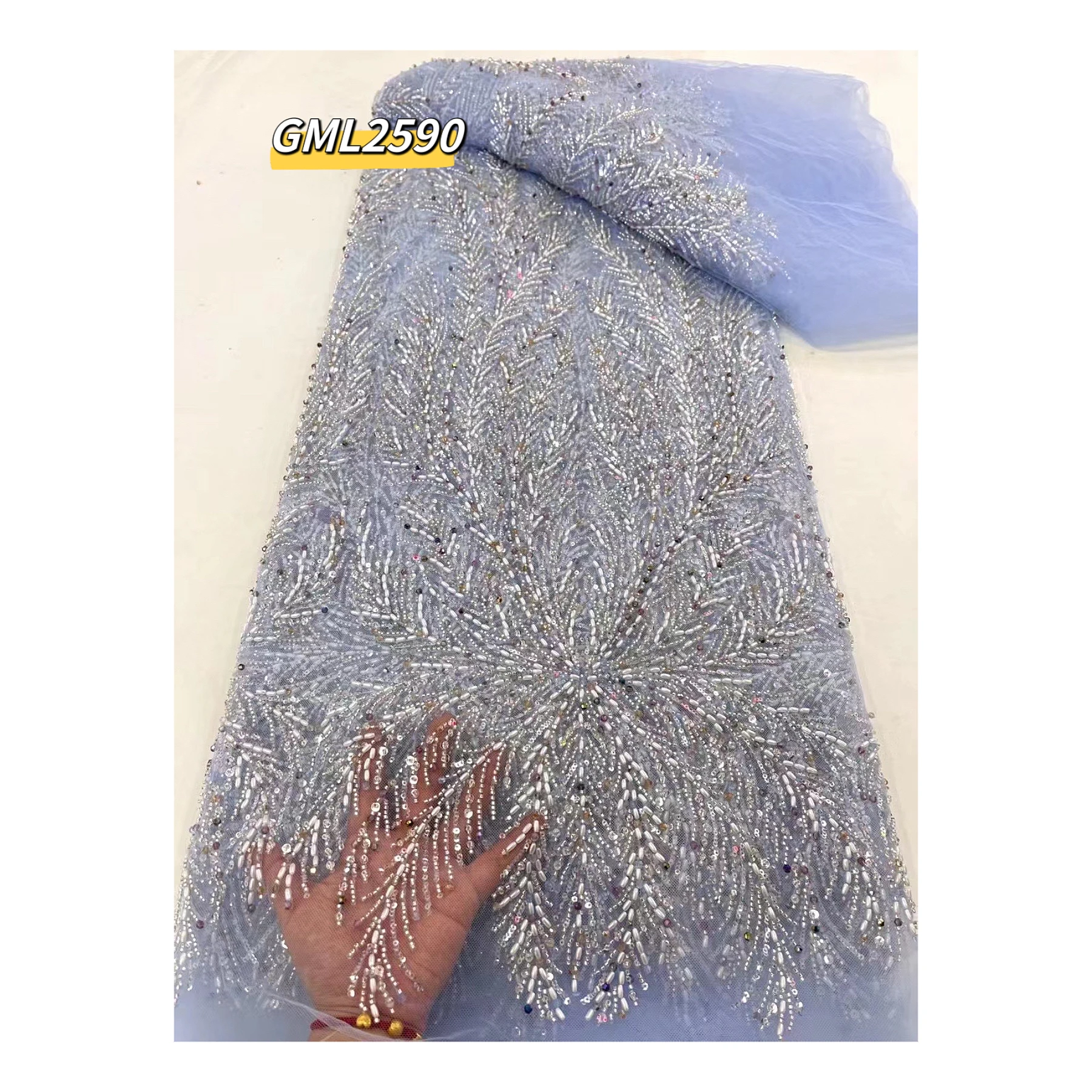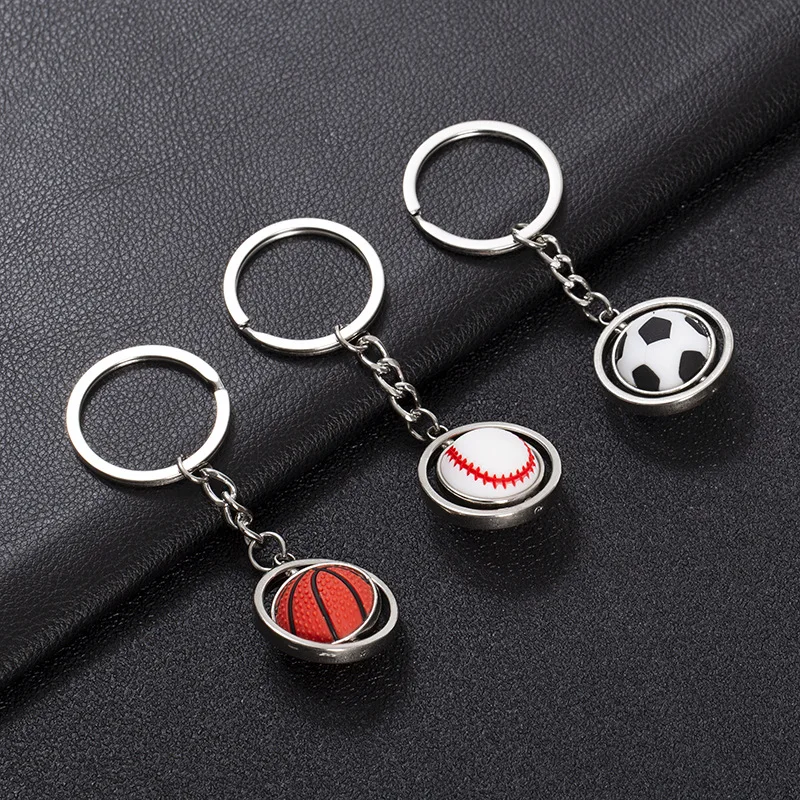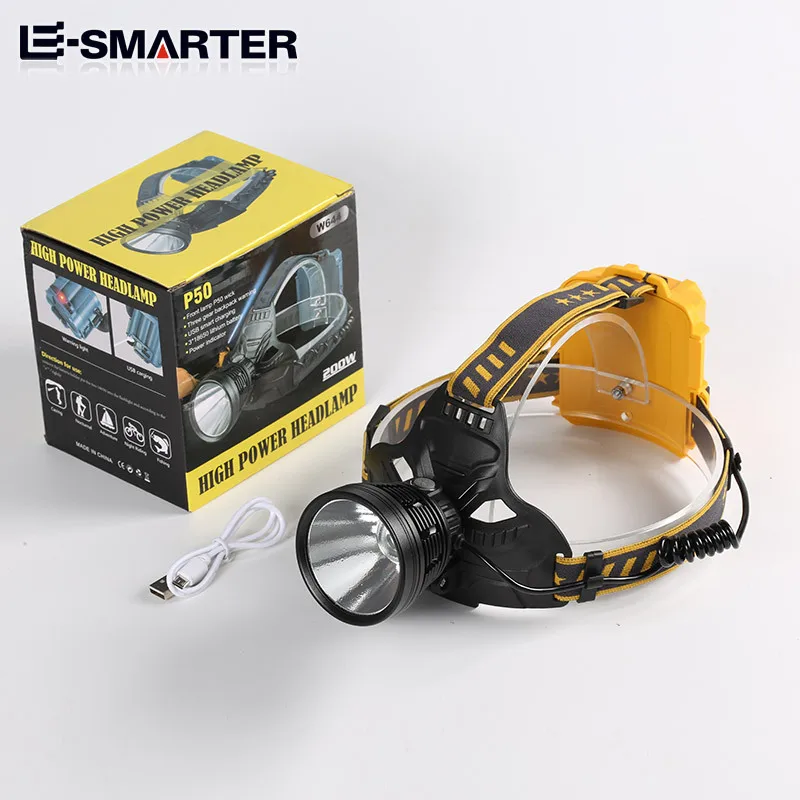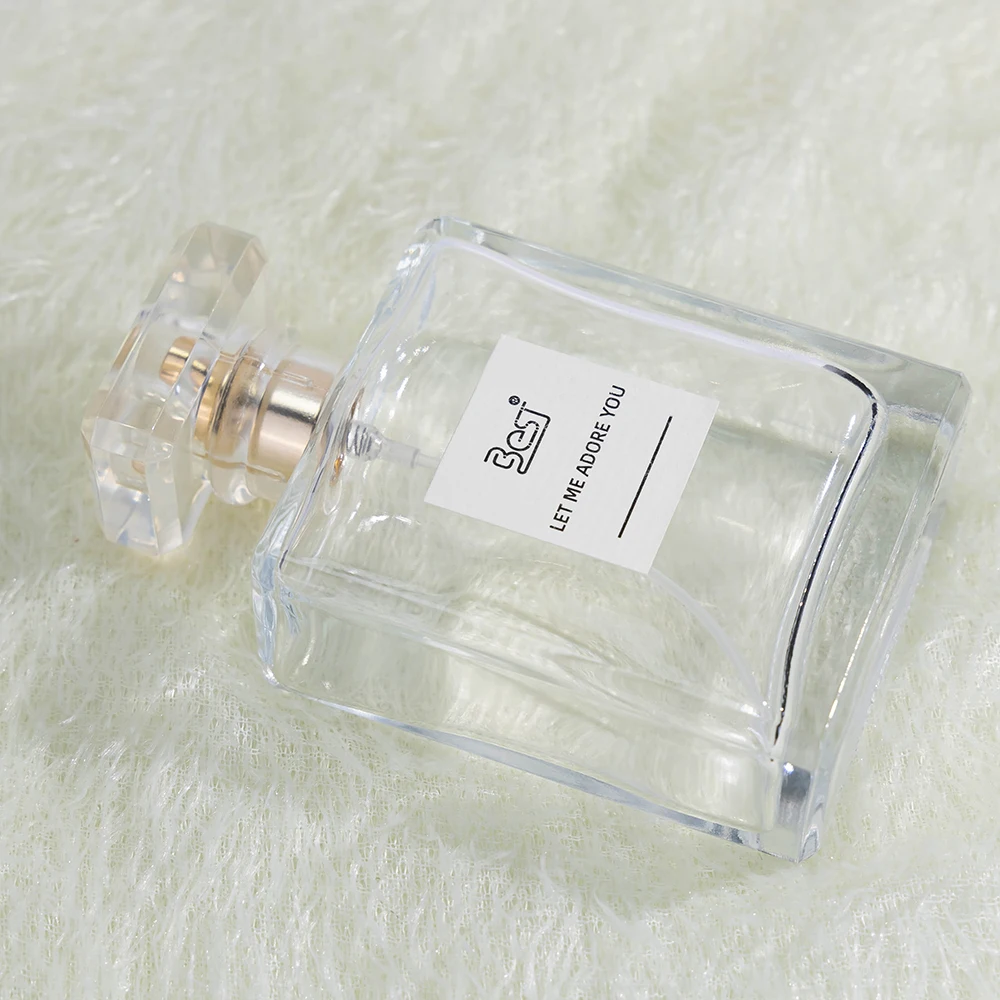40//60//80/100/120/150mm Bubble Stone Aerator For Aquarium Fish Tank Pump Hydroponic Oxygen Plate Mini Air Pump Accessories
- Category: >>>
- Supplier: Nanchang Ruyao Technology Co. Ltd.
Share on (1601199491321):
Product Overview
Description
Specification
Type | Aquariums & Accessories |
Aquarium & Accessory Type | Air Pumps & Accessories |
Feature | Sustainable, Stocked |
Brand Name | Ruyao |
Model Number | RYT-162 |
Product name | Bubble stone aerator oxygen plate |
Material | ceramics |
Usage | Add Oxygen |
MOQ | 2 Pcs |
Size | 40/60/80/100/120/150mm |
Shape | Round |
Introduction to Bubble Stone | Bubble stone is commonly known as aerator (sand head) or aerator. The English product name is: airstone, which uses high-quality raw materials such as white and brown corundum. It is sintered at high temperature (1300 degrees Celsius), sturdy and durable, with good gas dissipation and strong filtration ability. Types of sparkling stones: brown alumina sparkling stone, white alumina sparkling stone, silicon carbide sparkling stone, mineral sand sparkling stone, resin sparkling stone, plastic sparkling stone,wooden sparkling stone, etc. The production process of sparkling stones varies with different materials. For example, resin bubble stones are made by bonding and pasting, with a shorter lifespan than fired ones and lower prices. The mineral sand bubble stone is bonded with glue, which is slightly inferior to white corundum and silicon carbide. Plastic bubble stone, hence its name, is made of plastic. It is lightweight and simple, and can be bent into any shape, giving the generated bubbles a unique appearance in water. However, its lightweight makes it unable to sink to the bottom. Wooden sparkling stones are prone to absorbing moisture from water bodies. Short term soaking of wooden products in water can prevent decay, but long-term soaking in water can cause the wood to expand and expand due to its absorption of moisture, gradually starting to rot at the bottom, then sinking and rotting bit by bit. Its service life is also inferior to that of white corundum and brown corundum sparkling stones. |
The Application of Bubble Stone | Bubble stones generally use 80 mesh gravel, while new ceramic bubble stones use 320 mesh fine sand. The denser and smaller the bubbles produced by bubble stones, the higher the dissolved oxygen rate! Widely used in: 1. Aeration and stirring in sewage treatment plants to prevent the sedimentation of large particles of sediment and remove some organic matter. 2. The oxygenation of fish ponds (aquaculture farms) to nutrient rich water bodies in the environment and the oxygenation of biological cultivation. 3.Oxygen enrichment during transportation of live fish and seafood. 4. Aquarium (purifier) purification, filtration, and ozone sterilization and oxygenation of water quality. 5. Other process uses that require diffusion of air. |
Instructions for Using Bubble Stone | 1. Use a matching hose to connect the bubble stone, and connect the other end of the air pipe to the oxygen pump. 2. Please soak this product in water for 15 minutes before use. 3. For long-term use, if dirt blocks or bubbles decrease, it can be removed for cleaning and repeated use. |
Product Description



Exhibition

FAQ
1.How can I get the price?
-We usually quote within 24 hours after we get your inquiry
-If you are very urgent to get the price, please email us or contact us in other ways so that we can offer you a quote.
-If you are very urgent to get the price, please email us or contact us in other ways so that we can offer you a quote.
2. Can I buy samples placing orders?
-Yes.Please feel free to contact us.
3.What is your lead time?
-It depends on the order quantity and the season you place the order.
-Usually we can ship within 7-15 days for small quantity, and about 30 days for large quantity.
-Usually we can ship within 7-15 days for small quantity, and about 30 days for large quantity.
4.What is your payment term?
-T/T,Western Union,MoneyGram,and Paypal.This is negotiable.
5.What is the shipping method?
-It could be shipped by sea,by train,by air or by express(EMS,UPS,DHL,TNT,FEDEX and ect).
Please confirm with us before placing orders.
Please confirm with us before placing orders.
6.How do you make our business long-term and good relationship?
-1. We keep good quality and competitive price to ensure our customers benefit ;
-2. We respect every customer as our friend and we sincerely do business and make friends with them,no matter where they come from.
-2. We respect every customer as our friend and we sincerely do business and make friends with them,no matter where they come from.
We Recommend
New Arrivals
New products from manufacturers at wholesale prices
